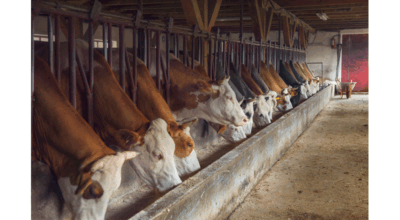Extension service answers questions about pine economics
Published 10:43 am Wednesday, April 2, 2014
COURTLAND—Responding to calls about pine rotation, Neil Clark gave a presentation to several local farmers on Monday at the Southampton County Extension office in Courtland. He is the extension agent for forestry and natural resources.
The reasons for the conversation include that sawtimber prices have been falling, and pulpwood prices have been increasing.
“They follow the housing market to some extent,” said Clark. He added that beyond pricing, willing buyers have been slated toward pulp.
Two disclaimers that Clark made early on were first, that he wasn’t going to “favor or downplay any particular mills or markets. Second, prices are given as ballpark or trend figures, rather than specifics.
“Past data is no guarantee of future results,” Clark said.
Indeed, the last 10 years he described as “a roller coaster for everyone, especially the wood sector,” and noted that several small sawmills were out of business before the recession hit in 2008, and many more followed. That included IP in 2009.
Signs of recovery include the opening of SP Tissue, a repurposed fluff pulp mill that uses pine, and Enviva, which produces wood pellets that are exported to European markets. Other positives include Dominion Power’s conversion from coal to woody biomass at the Southampton station, Franklin Lumber reopening the sawmill this past November and another large sawmill expected to open in Edenton, N.C.
Some basic take-home points that Clark offered are:
n Money is not money until it’s in your pocket
n The longer money sits, the less it’s worth. For example, if Clark borrowed $10 from you today and gave you $11 tomorrow, that’s better than if he paid back a month from now.
n The general rule is to cut as soon as you can. Though there is the counter-argument of increased value of larger sawtimber poles.
“Where sawtimber or higher valued produces are concerned though, the idea is that will give you 100 cheeseburgers next Tuesday for one today. If the value is high enough, then it’s worth the wait,” said Clark. An example he gave: “If I invest $100 now in planting for $200 return in 10 years; or, $700 in 20 years. Which is better?”
When it comes to management options, these can range from passive to intensive “industrial forest” management. Factors include tract size, species, access, short- and long-term cash availability and needs, availability and prices for services such as planting and thinning, and markets.
“You can’t separate the economical from the biological,” he said.
Soil, growing stock, planting density, weeds, pests, weather and climate are some examples of the latter category. “Pine can develop heart rot,” added Clark.
“You can’t ignore risk,” he said. “It’s another thing that pushes rotation faster.”
Clark also noted that “higher pulp favors shorter rotation, stronger sawtimber lengthens rotation. Sawtimber has the largest impact on return.”
In summary, he said that cultivating trees for timber comes down to: the landowner’s objectives, cash flows, biological and market factors, risk tolerance and tax factors.
“It’s anyone’s guess as far as indicators for the future of lumber products,” said Clark. “Thankfully, there’s an increasing local capacity for that material. It benefits everyone to have diversity of markets.”
One of the attendees, Rebecca Drake of Newsoms, explained why she attended the program.
“We grow row crops, but a couple of farms we own have woodlands. They’re all growing in pine,” she said.
“I guess I came to understand the dynamics of forestry. It’s changed so much the last 10 years. It seems to be a constantly changing crop. I want to stay educated.”





